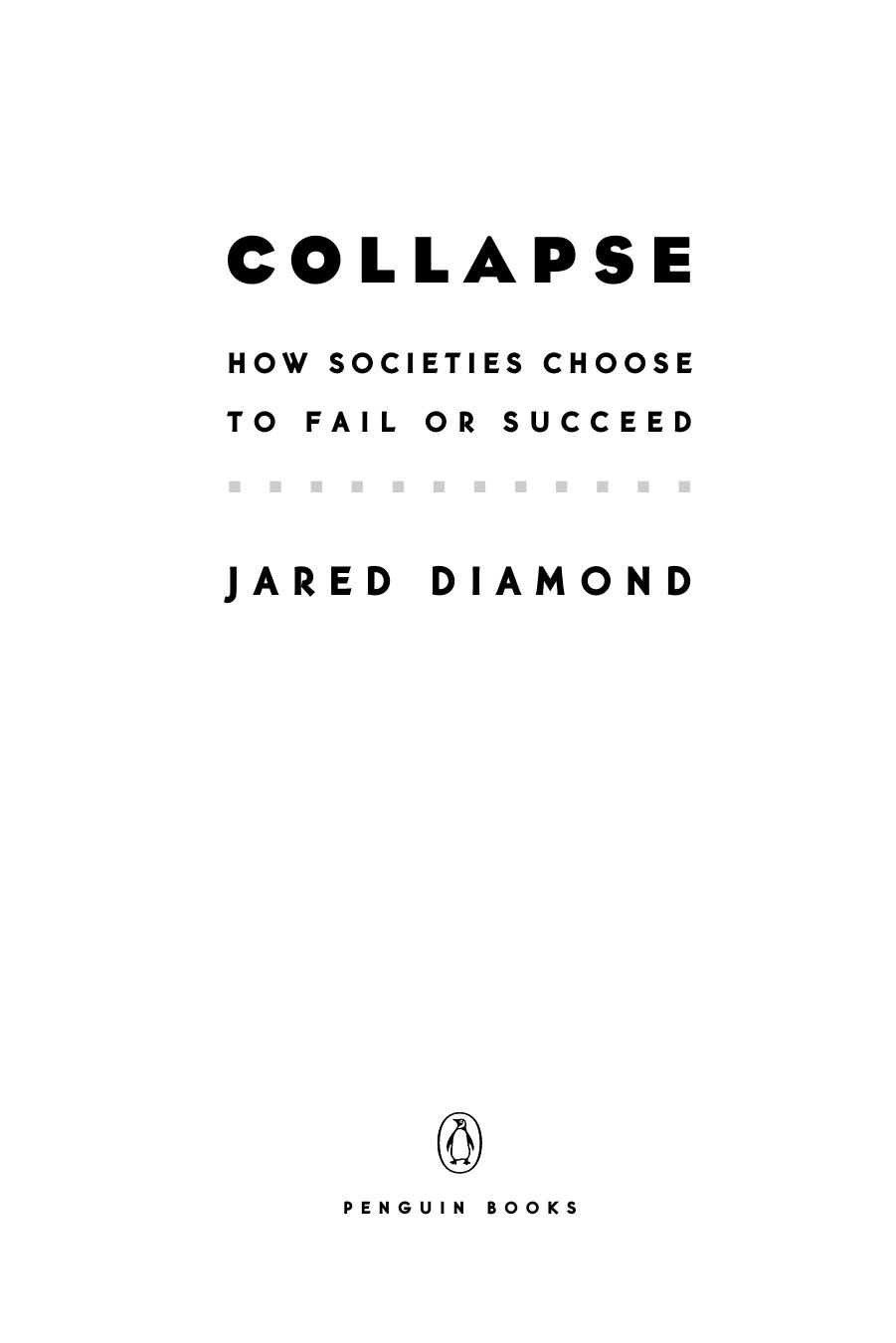Collapse: How Societies Choose to Fail or Succeed by Jared Diamond

Author:Jared Diamond
Language: eng
Format: mobi, epub, pdf
Tags: History
ISBN: 9780143117001
Publisher: Penguin Group USA
Published: 2008-01-02T00:00:00+00:00
The 1657 Meireki fire, and the resulting demand for timber to rebuild Japan’s capital, served as a wake-up call exposing the country’s growing scarcity of timber and other resources at a time when its population, especially its urban population, had been growing rapidly. That might have led to an Easter-Island-like catastrophe. Instead, over the course of the next two centuries Japan gradually achieved a stable population and much more nearly sustainable resource consumption rates. The shift was led from the top by successive shoguns, who invoked Confucian principles to promulgate an official ideology that encouraged limiting consumption and accumulating reserve supplies in order to protect the country against disaster.
Part of the shift involved increased reliance on seafood and on trade with the Ainu for food, in order to relieve the pressure on farming. Expanded fishing efforts incorporated new fishing techniques, such as very large nets and deepwater fishing. The territories claimed by individual daimyo and villages now included the sea adjacent to their land, in recognition of the sense that fish and shellfish stocks were limited and might become exhausted if anyone else could freely fish in one’s territory. Pressure on forests as a source of green fertilizer for cropland was reduced by making much more use of fish meal fertilizers. Hunting of sea mammals (whales, seals, and sea otters) increased, and syndicates were formed to finance the necessary boats, equipment, and large workforces. The greatly expanded trade with the Ainu on Hokkaido Island brought smoked salmon, dried sea cucumber, abalone, kelp, deer skins, and sea otter pelts to Japan, in exchange for rice, sake (rice wine), tobacco, and cotton delivered to the Ainu. Among the results were the depletion of salmon and deer on Hokkaido, the weaning of the Ainu away from self-sufficiency as hunters to dependence on Japanese imports, and eventually the destruction of the Ainu through economic disruption, disease epidemics, and military conquests. Thus, part of the Tokugawa solution for the problem of resource depletion in Japan itself was to conserve Japanese resources by causing resource depletion elsewhere, just as part of the solution of Japan and other First World countries to problems of resource depletion today is to cause resource depletion elsewhere. (Remember that Hokkaido was not incorporated politically into Japan until the 19th century.)
Another part of the shift consisted of the near-achievement of Zero Population Growth. Between 1721 and 1828, Japan’s population barely increased at all, from 26,100,000 to only 27,200,000. Compared to earlier centuries, Japanese in the 18th and 19th century married later, nursed their babies for longer, and spaced their children at longer intervals through the resulting lactational amenorrhea as well as through contraception, abortion, and infanticide. Those decreased birth rates represented responses of individual couples to perceived shortages of food and other resources, as shown by rises and falls in Tokugawa Japanese birth rates in phase with falls and rises in rice prices.
Still other aspects of the shift served to reduce wood consumption. Beginning in the late 17th century, Japan’s use of coal instead of wood as a fuel rose.
Download
Collapse: How Societies Choose to Fail or Succeed by Jared Diamond.epub
Collapse: How Societies Choose to Fail or Succeed by Jared Diamond.pdf
This site does not store any files on its server. We only index and link to content provided by other sites. Please contact the content providers to delete copyright contents if any and email us, we'll remove relevant links or contents immediately.
The Secret History by Donna Tartt(16605)
The Social Justice Warrior Handbook by Lisa De Pasquale(11484)
Thirteen Reasons Why by Jay Asher(7777)
This Is How You Lose Her by Junot Diaz(5746)
Weapons of Math Destruction by Cathy O'Neil(5027)
Zero to One by Peter Thiel(4814)
The Myth of the Strong Leader by Archie Brown(4783)
Promise Me, Dad by Joe Biden(4439)
Stone's Rules by Roger Stone(4409)
Beartown by Fredrik Backman(4398)
How Democracies Die by Steven Levitsky & Daniel Ziblatt(4391)
The Fire Next Time by James Baldwin(4336)
100 Deadly Skills by Clint Emerson(4069)
A Higher Loyalty: Truth, Lies, and Leadership by James Comey(4024)
Rise and Kill First by Ronen Bergman(4006)
The David Icke Guide to the Global Conspiracy (and how to end it) by David Icke(3874)
The Farm by Tom Rob Smith(3867)
Secrecy World by Jake Bernstein(3772)
The Doomsday Machine by Daniel Ellsberg(3725)
